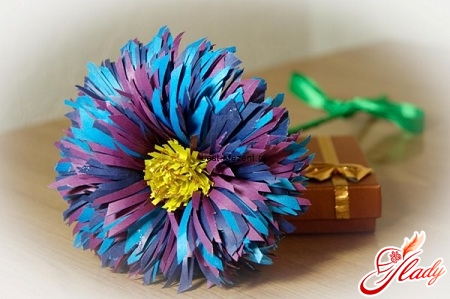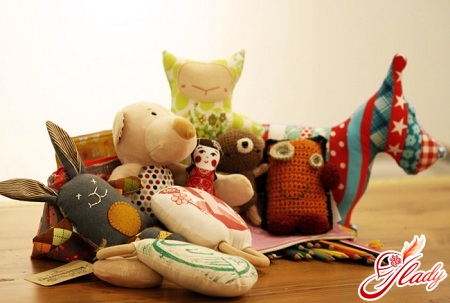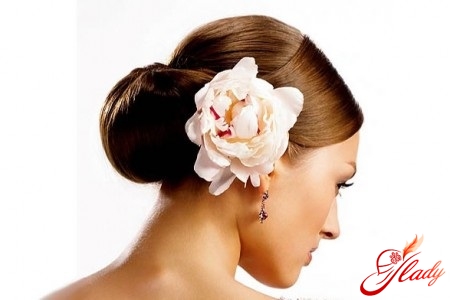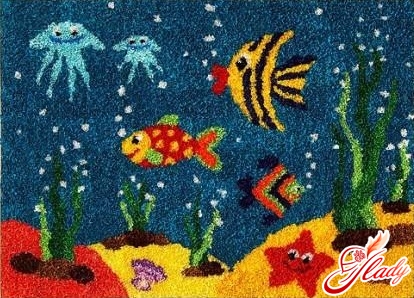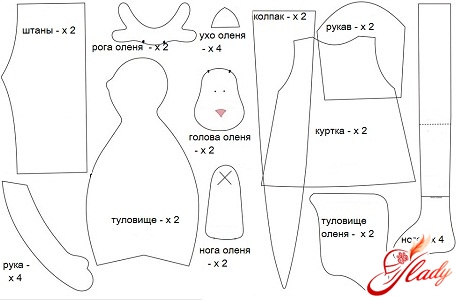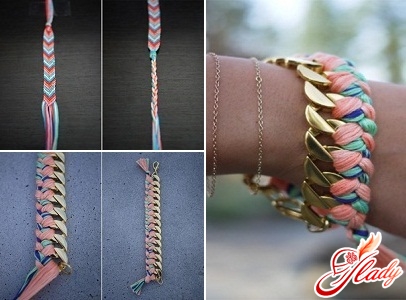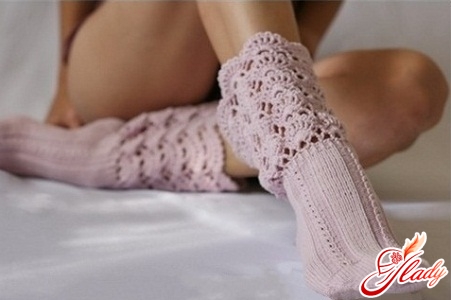 How can you knit socks?This question is not idle, despite the fact that knitting socks is the so-called "classic of the genre". Probably, socks and stockings were the first items of clothing that people began to knit. Or maybe knitting was invented specifically for the sake of socks and stockings? It is not for nothing that the simplest type of knitting is called stocking knitting. But let's not go into historical details, but rather consider the classic version of knitting socks. So, how to knit socks with knitting needles? To do this, we will need yarn (preferably woolen or down) and special stocking needles (a set of five). Before starting work, calculate the size of the product and the knitting density. How to do this? To calculate the density, knit a control sample of approximately ten by ten (or even five by five) centimeters. And then count how many loops and rows fit in one centimeter. After that, measure the volume of the ankle and multiply it by the number of loops in a centimeter. This is the number of loops that will be needed to start working.
How can you knit socks?This question is not idle, despite the fact that knitting socks is the so-called "classic of the genre". Probably, socks and stockings were the first items of clothing that people began to knit. Or maybe knitting was invented specifically for the sake of socks and stockings? It is not for nothing that the simplest type of knitting is called stocking knitting. But let's not go into historical details, but rather consider the classic version of knitting socks. So, how to knit socks with knitting needles? To do this, we will need yarn (preferably woolen or down) and special stocking needles (a set of five). Before starting work, calculate the size of the product and the knitting density. How to do this? To calculate the density, knit a control sample of approximately ten by ten (or even five by five) centimeters. And then count how many loops and rows fit in one centimeter. After that, measure the volume of the ankle and multiply it by the number of loops in a centimeter. This is the number of loops that will be needed to start working.
Knitting the top of the sock
We cast on the required number of loops, distributing themequally on four knitting needles (the fifth is the working one) and proceed to knitting the cuff (elastic band). Knit the cuff of the sock with an elastic band (two by two or one by one) in a circle. Having knitted the first row, close the loops into a ring. To do this, move the last (fourth) knitting needle to the first and begin knitting the second row from the very first edge loop. The entire cuff or only its upper part can be made with an elastic band. The height of the sock cuff can be different, but, as a rule, it should not exceed the length of the foot. Having knitted the upper part of the sock of the desired length, proceed to knitting the heel.
Crochet heel knitting
Loops on the second and third knitting needles for the heelwill not be needed. Continue working only on two knitting needles (the first and fourth). The heel of the sock consists of two parts, the back and the sole. Knit the back of the heel with a simple fabric with edge loops: front rows, back rows. The height of the back is from three to six centimeters, depending on the size of the sock. Next, form the heel, moving on to knitting the sole part. To do this, divide the loops into three equal parts and distribute them among three knitting needles. If the number of loops is not divisible by exactly three, then make the middle part wider (leave the extra loops in the middle). Next, knit a row on one of the outer knitting needles and the loops of the middle part (stocking stitch). Knit the first loop of the next outer knitting needle together with the last loop of the middle part (two together). Turn the knitting, remove the first loop as an edge loop and again - the middle row together with the first loop of the outer knitting needle. In this way, we knit the entire middle part, alternately capturing the loops of the outer needles, until all the knitting remains on one needle. As a result, we get a rounded heel, consisting of a back and a sole. Next, we collect air loops from the edge loops of the back. We calculate the number of loops as follows: three loops should be collected for every four rows of the back (this is the classic ratio). We distribute the collected loops and the loops of the central part of the heel on two needles and continue knitting in a circle on all four needles.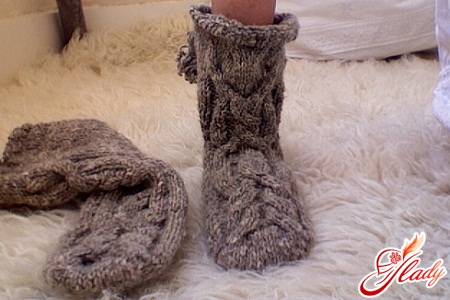
Knitting of the feet
After we collect all the loops on fourknitting needles, their number will be greater than at the very beginning of knitting (shanks calculated according to the volume of the ankle). This is normal. The extra loops will form the wedges of the instep - the widest part of the sock. In order for the sock to have the appropriate shape and tightly grip the foot, at the next stage of knitting in a circle, the loops must be gradually reduced. To do this, first knit a couple of rows on all knitting needles. Then, in the next row, on the first knitting needle, knit the second and third loops of the first knitting needle together with a right-hand tilt, the last one - just a front loop. On the fourth knitting needle - the first front loop, the next two - together with a left-hand tilt. In this way, we decrease the loops in every third row until the original number of loops remains on all knitting needles (as before starting to knit the heel).
Knitting the sock from lifting to toe
Next, knit the sock in a circle using the front surfacethe desired length of the foot (to the beginning of the toes). Knit the toe round and short or elongated, depending on the shape of the foot and the length of the toes (on children's socks, the toe is usually more rounded). To form the toe and finish knitting, begin decreasing the loops at the end of the sock. To correctly calculate the beginning of the toe, try on an unfinished sock. If it already reaches the beginning of the little toe, then begin knitting the toe. It can be made smooth, gradually decreasing the loops at the end of each knitting needle, or embossed. Embossed decreases in the toe loops are made symmetrically on the sides of the foot. To do this, knit two loops together, two front loops, two loops together by pulling through. Do two such decreases every other row, and then in each row. Close the last five or six loops with one row.
Helpful Tips
Knowing how to knit socks on 5 needles, you will be able tonot only to be "fully armed" to meet the cold winter, but also to gift your loved ones with such soft, warm and always needed hand-knitted socks. It is known that everything made by hand has not only individuality and special energy, but also retains the warmth of the master's hands. And this means that even such a prosaic item of clothing as socks can become an expensive and desired gift. We recommend reading:




